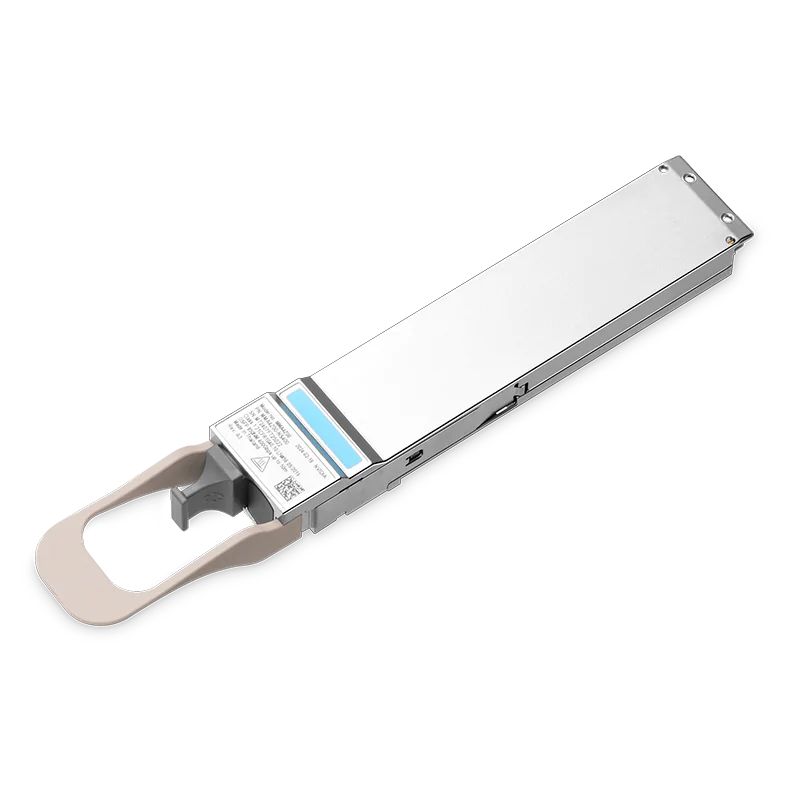Find the best fit for your network needs

share:
 800GBASE-2xSR4 OSFP PAM4 850nm 50m MMF Module
800GBASE-2xSR4 OSFP PAM4 850nm 50m MMF ModuleLearn More
Popular
- 1400G Data Center Network Solution Using Switch, SmartNIC and Optical Transceivers
- 2Powerful Supercomputing System Behind Microsoft ChapGPT: NVIDIA A100 and InfiniBand Networking
- 3400G Optical Transceiver Module Types
- 4The Key Role of High-quality Optical Transceivers in AI Networks
- 5Common Problems While Using Optical Transceivers in AI Clusters










































